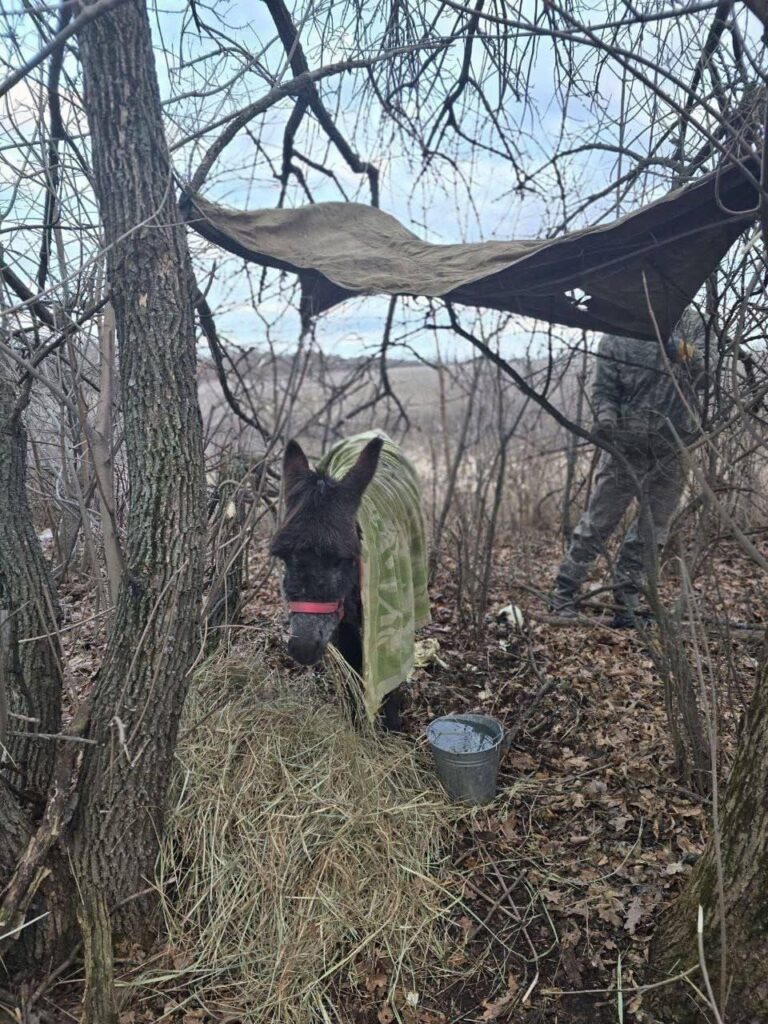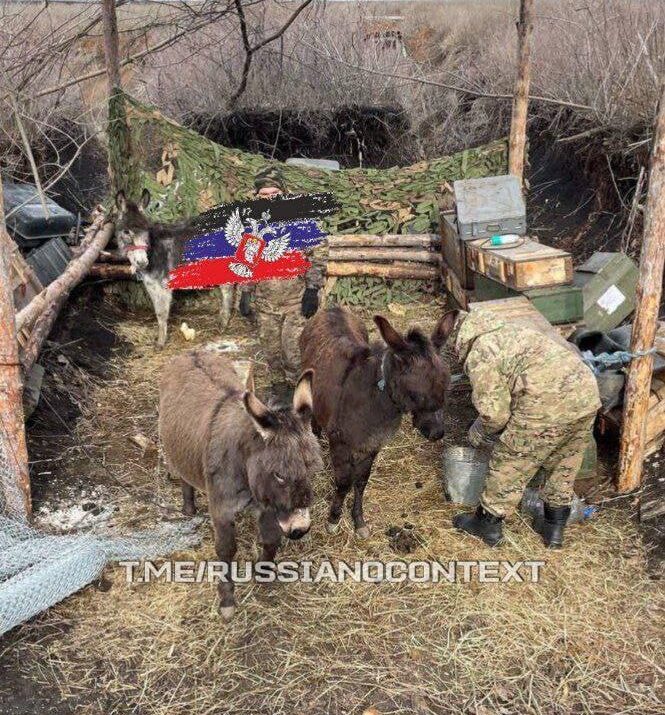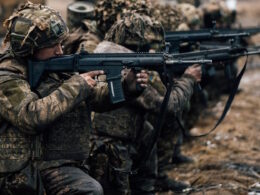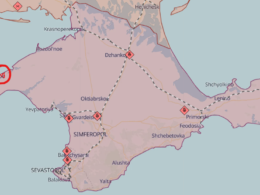In a striking development that highlights Russia's adaptation to modern warfare challenges, Russian soldiers have been spotted using both horses and donkeys in Ukraine, according to reports from Forbes war correspondent David Axe and Defense Express.
Recent social media footage shows Russian troops not only riding horses across muddy Ukrainian terrain but also using donkeys to transport supplies to the front.
Initial observations suggested this shift might be primarily due to Russia's equipment shortages—with vehicle losses exceeding 15,000 units and annual losses running at approximately 6,000 vehicles. This far exceeds Russia's current production capacity, which Axe reports stands at "maybe 200 new BMP-3 fighting vehicles and 90 new T-90M tanks annually."
"World's second army" in all its glory. Rolling back to the times of the Russian Empire - complete with cavalry and drafting representatives of national minorities as cannon fodder.
— Anton Gerashchenko (@Gerashchenko_en) February 4, 2025
These soldiers are from the Republic of Sakha, a region incredibly rich in natural resources.… pic.twitter.com/FNFQoioT2S
However, Defense Express offers a different perspective. The Ukrainian publication points to the intensity of drone warfare as a key factor.
"Russian occupiers complain that the activity of Ukrainian drones in the frontline zone is so intense that it has created a "gray zone" several kilometers deep from the line of engagement, where no transport can safely pass," the report reads.
Russian military blogger Roma Sapozhnikov has criticized industrial leadership failures, stating that those responsible for military rearmament "froze and abstracted themselves from the problems of the front and the armed forces of the warring country."

The situation has forced Russian forces to adapt their logistics strategy. Defense Express notes that Russian troops "are often forced to act as pack animals themselves," making using actual pack animals a seemingly rational, if antiquated, solution. However, questions remain about the long-term viability of this approach.
The equipment challenges extend beyond the front lines. While Russia initially compensated for vehicle losses by drawing from Cold War-era storage, these reserves are now critically depleted. Open-source analyst Jompy's investigation revealed that most remaining vehicles in storage are inoperable, noting that "a vehicle that doesn't move for so long is a dead vehicle."
Despite these logistical challenges, Russian forces continue to make territorial gains. According to Ukrainian analysis group Frontelligence Insight, "Russian forces are sustaining heavy losses. However, they continue advancing in multiple areas where Ukrainian defenses are stretched thin due to manpower shortages."
Read more:
- Frontline Report: Russian armored push near Pokrovsk ends in loss of 9 vehicles within hours
- Frontline report: Russia's Kursk offensive crumbles as North Koreans pull back
- Russia’s fiber-optic drones dodge jamming, but Ukraine hunts them with infrared and sound
"World's second army" in all its glory. Rolling back to the times of the Russian Empire - complete with cavalry and drafting representatives of national minorities as cannon fodder.
— Anton Gerashchenko (@Gerashchenko_en) February 4, 2025
These soldiers are from the Republic of Sakha, a region incredibly rich in natural resources.… pic.twitter.com/FNFQoioT2S





